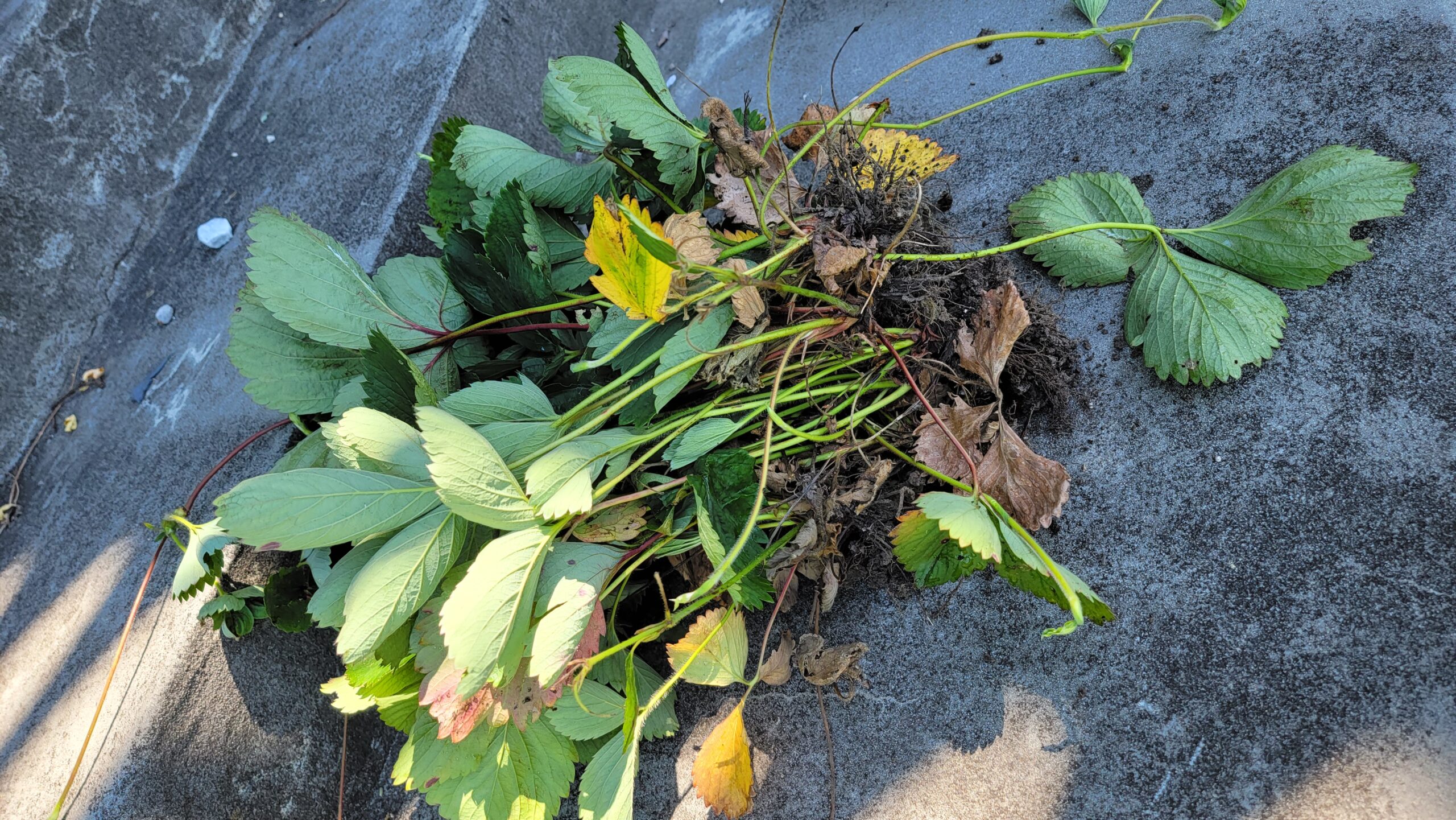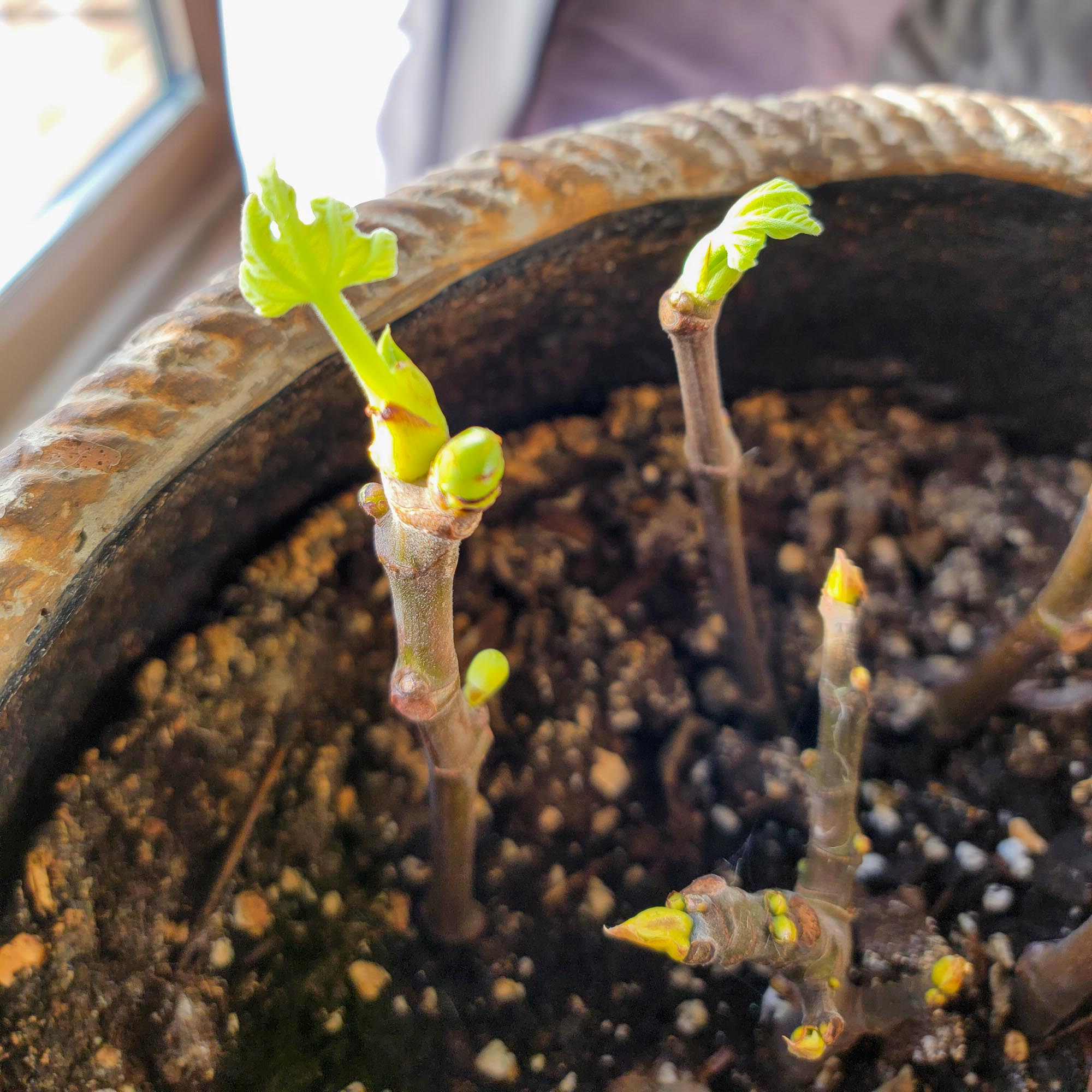When I said that I wanted to convert our weed-covered hillside into a fruit patch full of berry bushes, fruit trees, and more, Angie had one rule for me starting out- “don't spend money”.
This was partly because she (rightly) knew that our weeds are absurdly challenging (I'm still working on that one) but also because buying fruit trees and bushes can be very, very expensive. So since we were at extreme risks of failure for any endeavor on our hillside, it was logical to try and approach things for free.
So over the last two years, I've been trying just about every idea I can think of to see what will propagate berry bushes and vines at home, and have settled on three techniques you may want to try yourself.
But be warned- some have much higher rates of success than others and, while they can be achieved for free, those who have some equipment at home will be able to increase their success rates accordingly.



